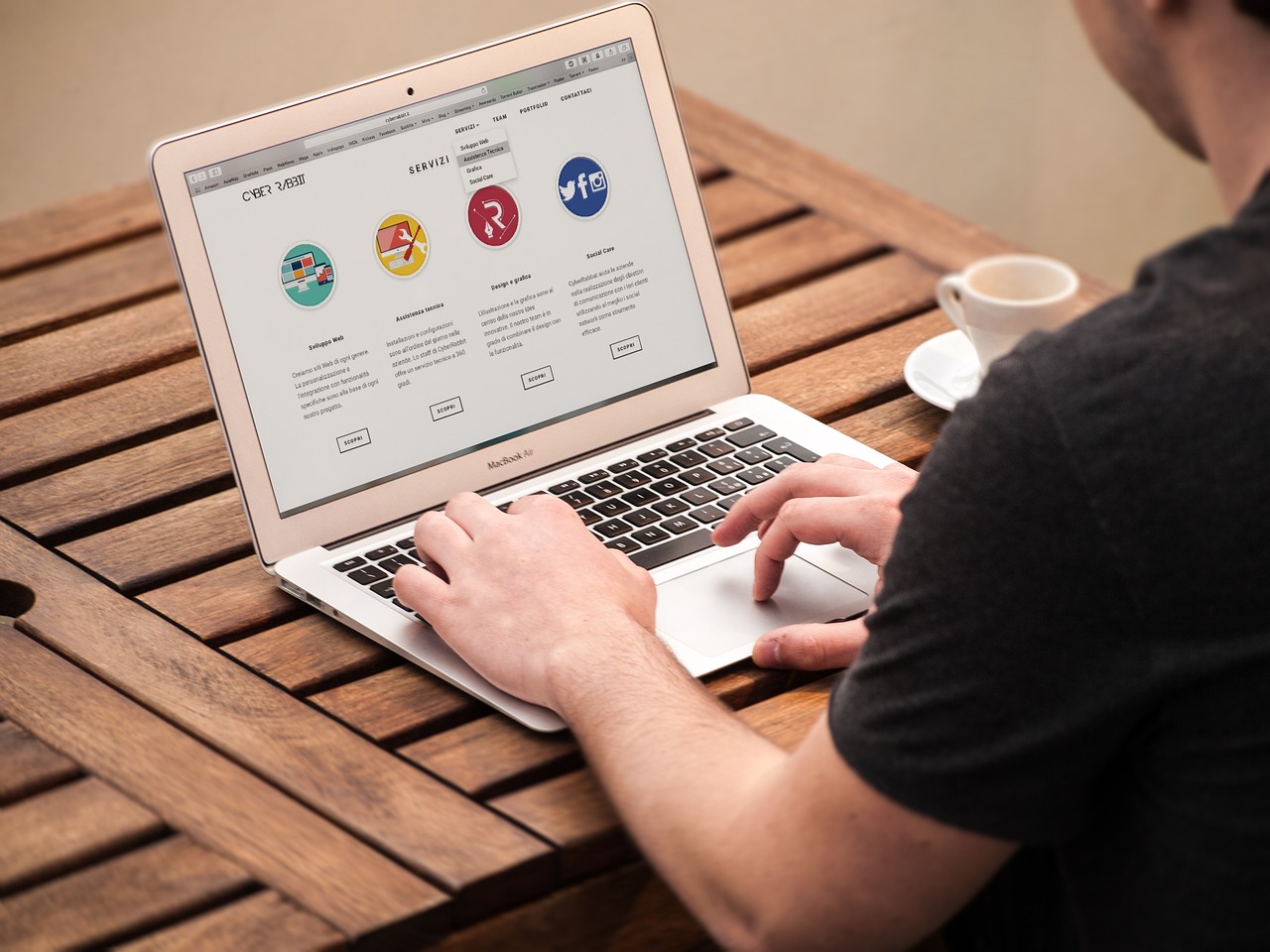
In the digital age, a visitor’s experience on your website can make or break your online success. A well-designed website isn’t just visually appealing; it’s functional, engaging, and user-friendly. Here are actionable design tips to help you optimize the user experience (UX) and keep visitors exploring your site longer.
1. Prioritize Fast Loading Speeds
Visitors expect a website to load in under three seconds. Slow loading speeds can frustrate users and lead to higher bounce rates.
Tips to improve speed:
- Optimize images by compressing their size.
- Use a reliable hosting provider.
- Minimize code by using tools like minification for CSS, JavaScript, and HTML.
- Implement browser caching to reduce loading times for returning visitors.
2. Embrace Clean and Intuitive Navigation
A well-organized navigation menu acts as a roadmap for your website. If users struggle to find what they’re looking for, they’ll leave.
Best practices for navigation:
- Use clear labels for menu items.
- Keep the main navigation bar simple and uncluttered.
- Implement breadcrumbs to guide users on more complex websites.
- Include a search bar for added convenience.
3. Design for Mobile Responsiveness
More than half of web traffic comes from mobile devices. A responsive design ensures your site looks and functions well across all devices.
Key mobile-friendly tips:
- Use flexible layouts and grid systems.
- Test your site on various screen sizes.
- Make buttons and links easy to click with fingers.
- Avoid pop-ups that are hard to close on smaller screens.
4. Use Visual Hierarchy Effectively
Visual hierarchy guides users to the most important elements of a page. By emphasizing key sections, you can direct attention where it’s needed most.
How to implement visual hierarchy:
- Use larger fonts for headings and subheadings.
- Highlight call-to-action (CTA) buttons with contrasting colors.
- Organize content into sections with ample whitespace.
- Place important information above the fold.
5. Focus on Readability and Accessibility
Content should be easy to read and accessible to everyone, including those with disabilities.
Steps to enhance readability:
- Choose a clean, sans-serif font for body text.
- Ensure there’s sufficient contrast between text and background colors.
- Use headings, bullet points, and short paragraphs to break up text.
- Add alt text to images for screen readers.
6. Engage Visitors with Interactive Elements
Interactive elements can capture attention and encourage visitors to stay longer.
Ideas for interactivity:
- Include quizzes, polls, or calculators relevant to your industry.
- Add animations or hover effects to highlight key features.
- Enable chat support or chatbot functionality for real-time assistance.
7. Leverage High-Quality Visuals and Media
Crisp visuals and engaging videos can make your site more appealing and professional.
Tips for effective visuals:
- Use original or licensed high-quality images.
- Optimize media for fast loading without compromising quality.
- Add videos to explain complex topics or showcase products.
8. Test, Analyze, and Improve
Even the best designs need regular evaluation. Conduct usability testing to identify and resolve issues.
Tools for analysis:
- Use Google Analytics to track user behavior.
- Implement heatmaps to see where visitors click the most.
- Conduct A/B testing for design changes to see what resonates better.
Final Thoughts
A great user experience ensures visitors don’t just arrive on your site—they stay, engage, and return. By focusing on speed, navigation, responsiveness, accessibility, and interactivity, you create a seamless and enjoyable journey for your users.
Start implementing these design tips today to turn casual visitors into loyal customers!







